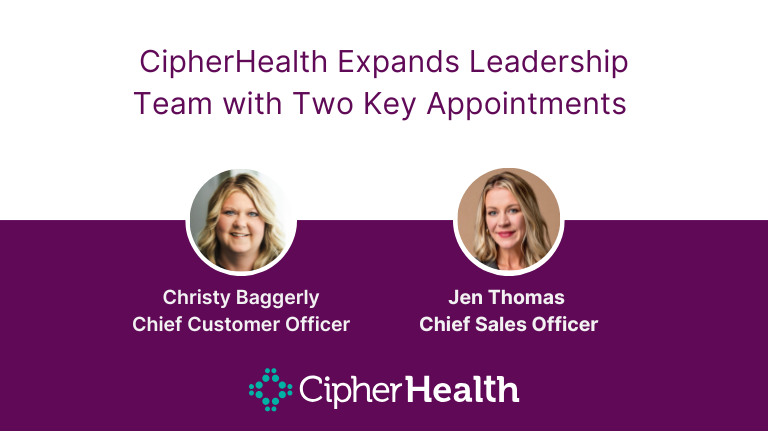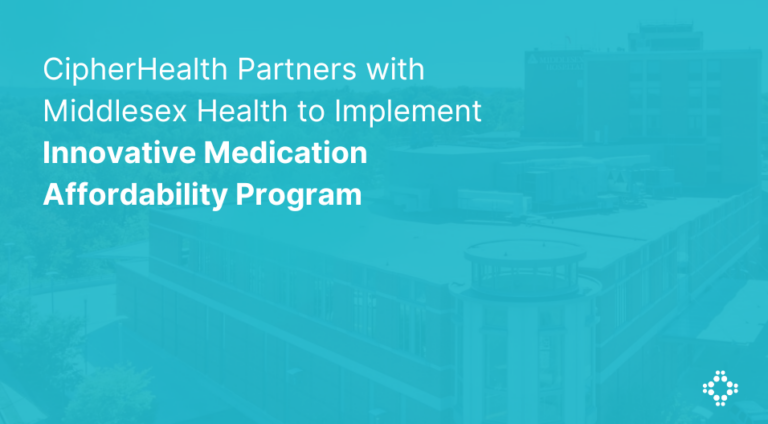As a nursing leader who has had the privilege of helping healthcare providers enhance their patient engagement strategy, one misconception I continuously come up against is the idea that performing rounds will immediately lead to patient satisfaction improvement. What is believed is that if every patient receives a round, they will be happy with their care and all will be good.
Unfortunately, the opposite may be true. A round that is not purposeful can do more damage and in fact, it may be better to never have rounded at all on that patient. Not knowing about an issue is one thing but KNOWING and not acting on it leaves the patient feeling betrayed. They can quickly lose trust in the care provider and organization. To truly deliver upon the promise of improving patient satisfaction, It is important to recognize that emphasizing quantity of rounds over quality may result in “checking a box” without the impact that a quality round delivers.
Purposeful Rounding Strengthened with a Visual Sweep
When performing rounds some of the questions that you may want to ask yourself are as follows: Are you drawing on your clinical expertise and using the information you gleaned from a “visual sweep” upon entering the room? Are you guiding the round and asking questions considering these critical observations?
The care of a patient is a privilege and every interaction we have with someone in need of care is uniquely different and offers opportunities for learnings. Experienced caregivers are able to walk into a patient room and see many things within seconds that must be considered to achieve an effective round. Combining a visual sweep with knowledge obtained from a review of the patient’s rounding history and personalized care notes is a powerful strategy to rounding with purpose.
So What is a Visual Sweep?
Consider this scenario. You have selected a patient for rounding and upon entering the room you can actually feel the discomfort of the patient environment. It is hot and stuffy with an unpleasant odor and you can see clutter and a garbage can that is overflowing. Ignoring this barrage to your senses and proceeding with a rote script of questions is a mistake. A purposeful round will let the visual sweep serve as a guide and begins like this. “Hello Mrs. Smith, my name is Lisa and I wanted to visit with you today and see how you are feeling and if there is anything I can help you with. I noticed when I walked in that it feels hot and a little stuffy. Are you too warm?”
This introduction was not laid out on the question set. It deviates from what may be standard, but it is personal to the patient and the environment at the time. If you are using a tool like CipherRounds, as the patient is talking, a service alert can be immediately placed through the device to housekeeping to empty the trash along with engineering to assess the thermostat issue. You may be able to adjust the room temperature directly and also provide some fresh linens or remove items that may be causing an odor.
As you continue to talk with the patient, your visual sweep continues and you may notice that the whiteboard needs updating or the patient’s tray table may not be within reach. Some of these “visual” questions may be a part of the standard rounding script, others are not. These are all things you can document, but moving the tray table closer as you listen to them is a critical intervention. Helping the patient into a position that is comfortable or requesting assistance for that move can and should occur promptly, without the need of a question prompt.
How to Take the Visual Sweep to the Next Level
In this same scenario, you have already documented multiple issues and even addressed one on the spot. It is now time to sit down next to the patient (as appropriate) and communicate to that patient, with your body language and words, that you are not rushed and that they are the center of your focus. “Being Present” is the most powerful strategy you can employ to round with purpose. A patient is more likely to open up to you and allow their voice to be heard when they can feel your compassion and caring.
Mentioning something personal to the patient is a nice way to let them know that multi-disciplinary team communication is occurring. Again, this is where a digital tool can play an incredible role. Within CipherRounds, we encourage users to leverage “care notes” to record these personal details, offering a quick, effective way to record these caring touches and share across team members. There are many ways to demonstrate empathy and caring but the easiest and most sincere demonstrations arise naturally from really listening to what that patient is saying and clearing your mind from distractions and responding with caring words.
I remember talking with a young woman experiencing a very difficult clinical journey. She had recently lost her grandmother and had told me about her loss. As part of that conversation, she shared some of the nice things her grandmother used to do for her. Later in our conversation, I asked her about satisfaction with her meals. It was a routine part of the leader round script specific to dietary. She told me everything was fine but couldn’t compare to her grandmother’s cooking (said with a smile). I laughed and touched her hand and said she must have been an amazing cook! What was her signature dish? She told me about her special recipes and it was a nice light conversation where we ended up talking fun food. I hadn’t planned on asking a question about her grandmother’s cooking when I walked into the room but it felt right and I knew it was …when she reached for my hand as I was saying goodbye. She said, “Thank You, It was nice of you to ask about my grandmother and let me talk about her”.
A Round is Only a Round When Done with Purpose
I consider it a privilege to be able to deliver complex clinical interventions to heal a patient who is ill, but it is these special moments where we can connect with a patient on a deeply personal level that are profound. It is those interactions that a patient will remember and the ones that I will treasure the most and give me purpose along with the round.
I hope that you will take some of these tips into your next round. I also invite you to read this whitepaper where I outline how you can create meaningful interactions through technology-enabled rounds, another challenge I frequently hear about.
By using technology as an enhancement to a conversation, and performing rounds with the purpose of proactively resolving issues, organizations will start to see the improvements they are hoping to achieve by implementing a rounding process in the first place.







